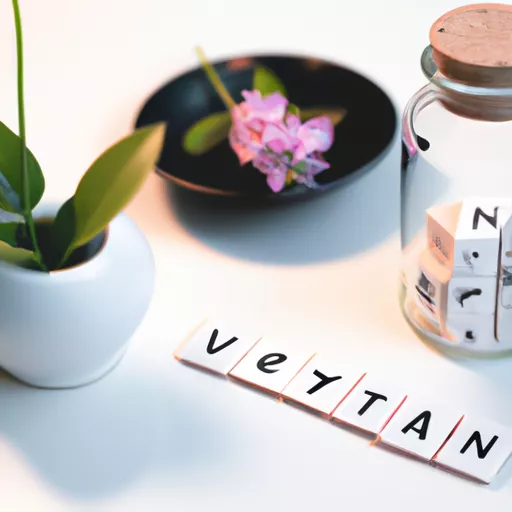
Creating websites on CMS WordPress is becoming increasingly popular, as this platform provides convenience, flexibility, and numerous possibilities for quick and high-quality website creation. In this article, we will look at the basics of creating websites on WordPress - from idea to implementation.
The first step in creating a WordPress website is to choose hosting and register a domain name. Hosting provides a place to host your website on the Internet, and a domain name is its address. When choosing hosting, pay attention to the availability of WordPress support, as well as the speed, reliability, and ease of use of the services offered.
After registering hosting and acquiring a domain name, you can start installing WordPress. Most hosting providers offer automatic WordPress installation through special tools. If your hosting does not offer this, you can download and install WordPress manually from the official website. To do this, you will need to download an archive with WordPress files, extract it, and upload it to the server via FTP.
Once WordPress is installed, you can start configuring it. Log in to the administrative panel of the site, which is located at your-domain/wp-admin/, and enter the login and password specified during installation. In the admin panel, you can change the appearance of the site, install and configure plugins, create pages and posts, and perform many other actions.
The first step in configuring WordPress is to choose a theme. The theme is the design and appearance of your website. WordPress already has several default themes that can be used, and there are also many free and paid themes from third-party developers. When choosing a theme, pay attention to its quality, compatibility with the current version of WordPress, customization options, and developer support.
Once the theme is chosen, you can customize it using special tools provided in the WordPress admin panel. You can change colors, fonts, block layouts, add logos and background images, and make many other settings to make your site look unique and match your idea.
After customizing the appearance, you can add content to your site. The main types of content in WordPress are pages and posts. Pages are used to create static content, such as "About Us", "Contacts", "Services", etc., and posts are used to create dynamic content, such as news, articles, and a blog. You can create pages and posts, add text, images, videos, and other elements, as well as configure their visibility, metadata, and other parameters.
In addition to the standard features of WordPress, you can expand the functionality of your site with plugins. Plugins are additional modules that add new functions and capabilities to WordPress. You can install plugins from the official WordPress library or purchase paid plugins from third-party developers. When choosing a plugin, pay attention to its reliability, relevance, support, and user reviews.
After adding content and installing the necessary plugins, you can start optimizing and promoting your site. WordPress has built-in tools for SEO optimization and semantic markup that will help your site be better indexed by search engines. You can also use third-party plugins and services to improve SEO and set up integration of your site with social networks.
When your site is ready, don't forget to take care of its security. WordPress, like any other popular platform, is a target for attackers, so it is important to ensure the security of your site. Install special plugins to protect against hacking, regularly update WordPress and plugins to the latest versions, create backups of your site, and monitor the security of your hosting.
Of course, creating and developing a successful site on WordPress is a long and continuous process. However, thanks to the flexibility, convenience, and large number of resources, WordPress provides you with everything you need to implement your ideas and achieve success on the Internet.


